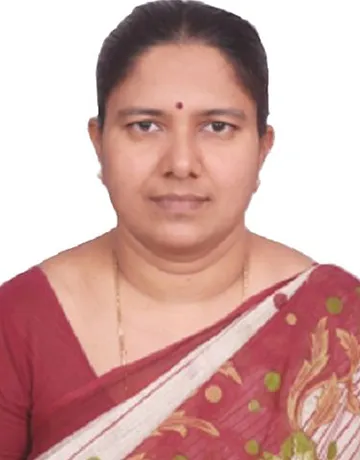
Combines electrical engineering with computer science.
Covers modern electronic and communication systems.
Specializes in the design and fabrication of very-large-scale integration (VLSI) circuits and technologies.
The Department of Electrical, Electronics, and Communication Engineering (EECE) was established in 2009 with a vision to provide high-quality technical education and foster innovation in the field. Over the years, it has evolved into a center of excellence, equipping students with the necessary skills and knowledge to excel in the rapidly advancing world of electrical, electronics, and communication engineering.
The department ensures a robust academic environment focusing on skill development, problem-solving abilities, and real-world applications. The curriculum is designed to provide in-depth knowledge in areas such as wireless communication, signal processing, VLSI design, IoT, embedded systems, machine learning and power systems including electric vehicles, to cater to industry needs.

Combines electrical engineering with computer science.
Covers modern electronic and communication systems.
Specializes in the design and fabrication of very-large-scale integration (VLSI) circuits and technologies.
To excel in Electrical, Electronics and Communication Technologies cultivating innovation with socio-ethical commitment
M1: Empower the students with knowledge to face real-world challenges for holistic development.
M2: Conduct multidisciplinary research that makes an impact on society, addressing key challenges through innovative solutions.
M3: Foster a culture emphasizing empathy, respect, commitment upholding the ethical standards.
















The Department is equipped with state-of-the-art research infrastructure, facilitating advanced exploration in emerging and high-impact domains. Key computational and hardware resources include MATLAB for numerical computing, signal processing, and system modeling; Sentaurus TCAD for multi-scale semiconductor device simulation; and a 5G test bed for experimental validation of next-generation wireless communication protocols
The department also houses Software-Defined Radio (SDR) platforms for reconfigurable communication systems, Field-Programmable Gate Arrays (FPGAs) for high-performance digital design, Vector Network Analyzer for RF design, and Ansys HFSS for full-wave electromagnetic field analysis. Additionally, Keysight ADS enables RF, microwave, and high-frequency circuit synthesis and optimization. These facilities support cutting-edge research in wireless communication, VLSI design, embedded systems, and advanced signal processing, fostering technological innovation and industry-oriented advancements.









































Through strategic partnerships with leading companies, tailored career development workshops, and personalised guidance, GITAM Career Guidance Centre is committed to helping you secure rewarding internships and coveted job opportunities upon graduation.
| Class of | 2021 | 2022 | 2023 | |
|---|---|---|---|---|
| No. of Recruiters | 66 | 85 | 46 | |
| Number of Offers | 278 | 138 | 39 | |
| Number of Students Placed | 87% | 78.77% | 78.8% | |
| Highest Salary Package (LPA) | 10 | 11 | 8 | |
| Average Salary Package (LPA) | 4.18 | 4.53 | 4 |